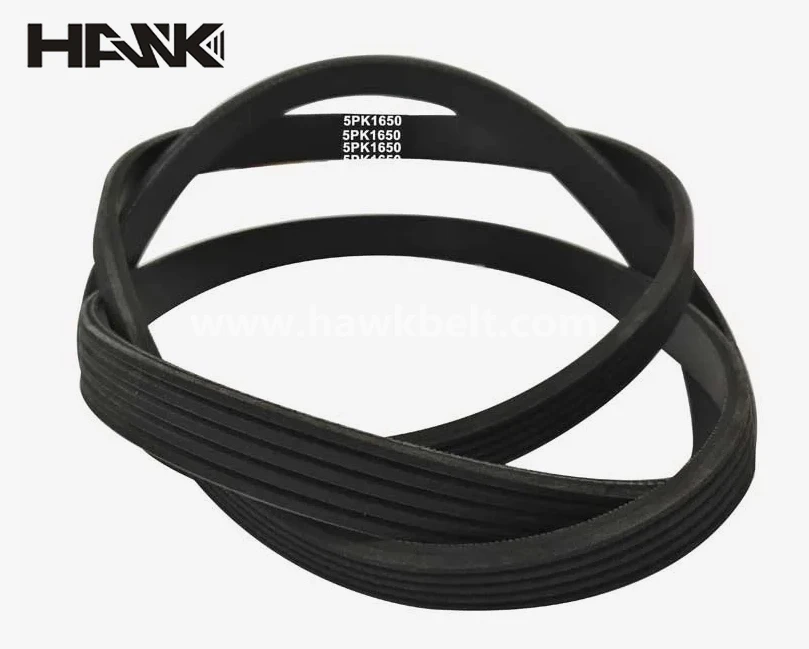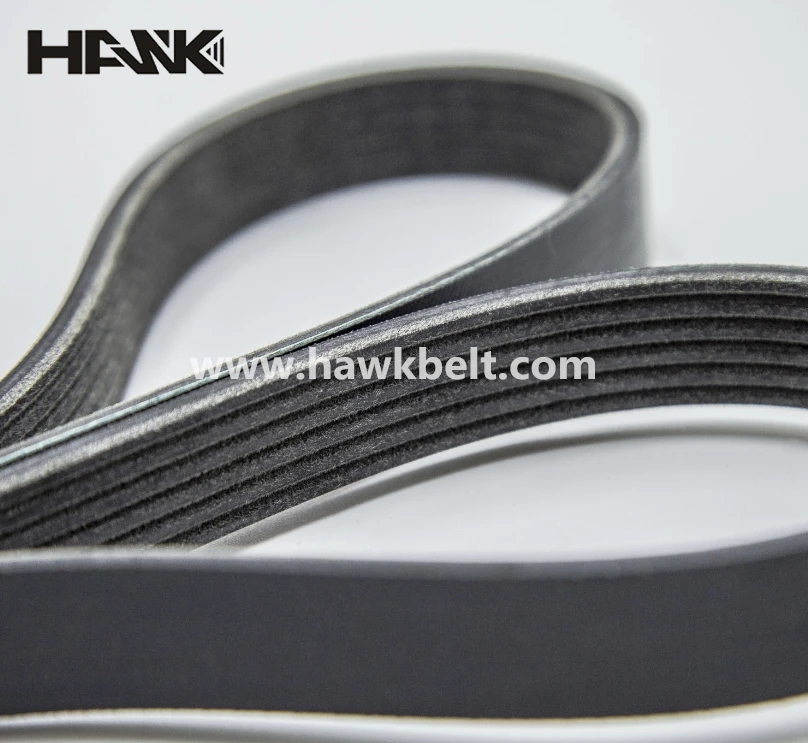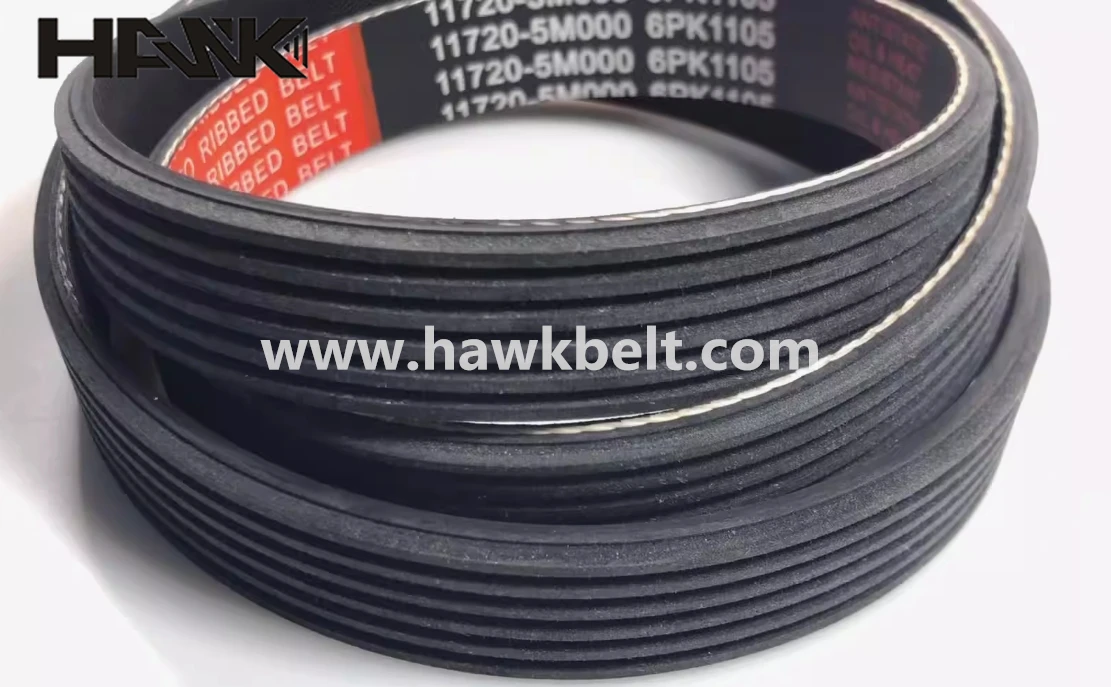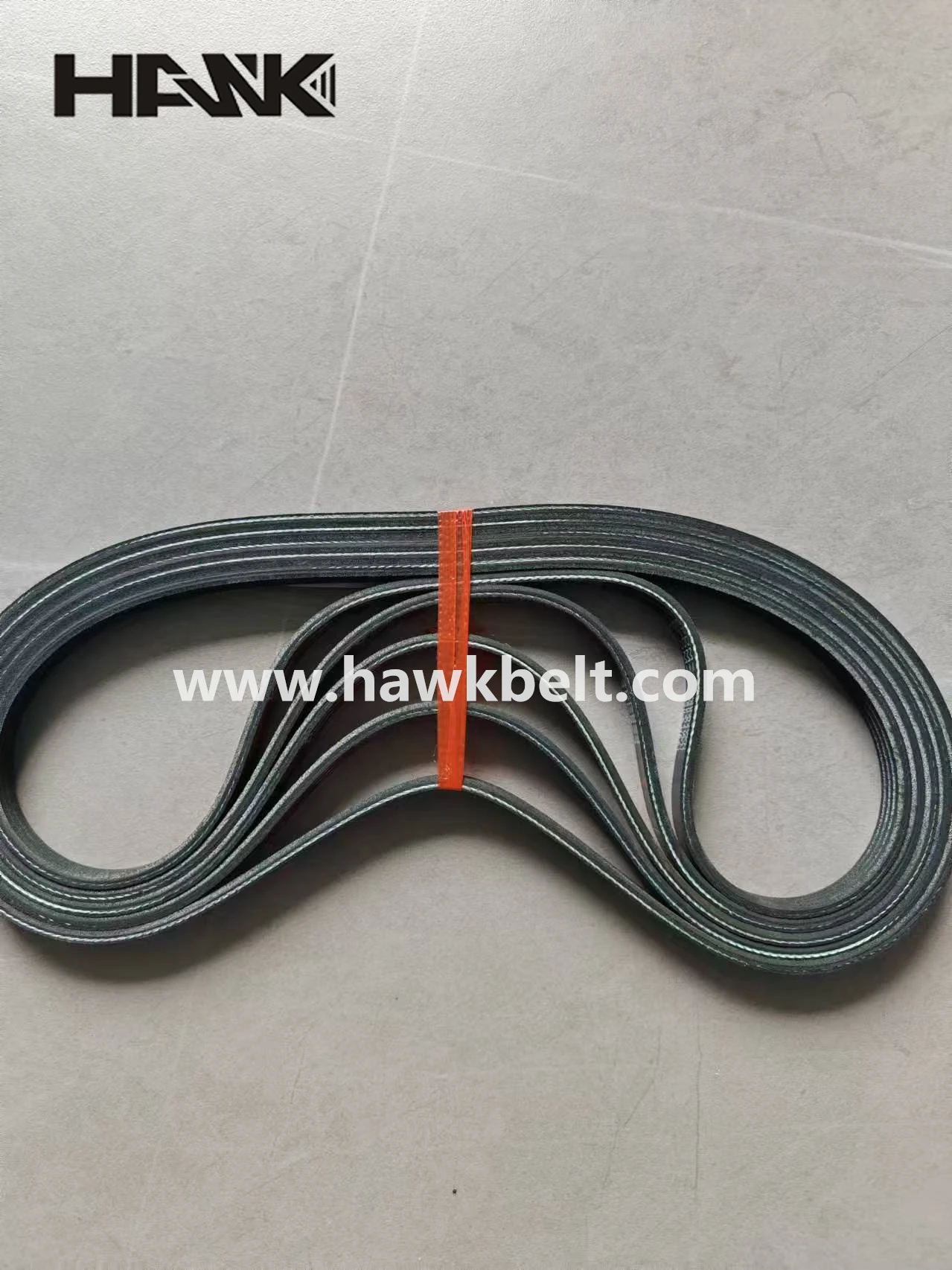- Arabic
- French
- Russian
- Spanish
- Portuguese
- Turkish
- Armenian
- English
- Albanian
- Amharic
- Azerbaijani
- Basque
- Belarusian
- Bengali
- Bosnian
- Bulgarian
- Catalan
- Cebuano
- Corsican
- Croatian
- Czech
- Danish
- Dutch
- Afrikaans
- Esperanto
- Estonian
- Finnish
- Frisian
- Galician
- Georgian
- German
- Greek
- Gujarati
- Haitian Creole
- hausa
- hawaiian
- Hebrew
- Hindi
- Miao
- Hungarian
- Icelandic
- igbo
- Indonesian
- irish
- Italian
- Japanese
- Javanese
- Kannada
- kazakh
- Khmer
- Rwandese
- Korean
- Kurdish
- Kyrgyz
- Lao
- Latin
- Latvian
- Lithuanian
- Luxembourgish
- Macedonian
- Malgashi
- Malay
- Malayalam
- Maltese
- Maori
- Marathi
- Mongolian
- Myanmar
- Nepali
- Norwegian
- Norwegian
- Occitan
- Pashto
- Persian
- Polish
- Punjabi
- Romanian
- Samoan
- Scottish Gaelic
- Serbian
- Sesotho
- Shona
- Sindhi
- Sinhala
- Slovak
- Slovenian
- Somali
- Sundanese
- Swahili
- Swedish
- Tagalog
- Tajik
- Tamil
- Tatar
- Telugu
- Thai
- Turkmen
- Ukrainian
- Urdu
- Uighur
- Uzbek
- Vietnamese
- Welsh
- Bantu
- Yiddish
- Yoruba
- Zulu
សីហា . 24, 2025 02:40 Back to list
84.5 Serpentine Belt: Durable & Precision Fit for Your Engine
Advancing Power Transmission: The Role of the 84.5 Serpentine Belt in Modern Industrial and Automotive Applications
In the intricate landscape of power transmission systems, the choice of a serpentine belt is critical for operational efficiency and longevity. This article delves into the technical prowess and multifaceted applications of the 84.5 serpentine belt, a vital component found across various high-demand industries. We will explore its manufacturing intricacies, technical specifications, and the significant advantages it offers, alongside crucial considerations for B2B decision-makers seeking optimal performance and reliability.

Understanding the Manufacturing Process of a High-Performance Serpentine Belt
The production of a high-quality serpentine belt, such as an 84.5 serpentine belt, involves a sophisticated series of steps designed to ensure durability, precision, and consistent performance under extreme conditions. Our focus is on EPDM (Ethylene Propylene Diene Monomer) belts, renowned for their superior resistance to heat, ozone, and environmental factors.
Detailed Manufacturing Process Flow:
- Material Preparation: The process begins with the careful selection and compounding of EPDM rubber. This involves mixing EPDM polymers with reinforcing agents (like carbon black), curatives, accelerators, and processing aids to achieve specific physical and chemical properties. High-strength tensile cords, typically made from polyester or aramid, are prepared for reinforcement.
- Cord Lay-up and Reinforcement: The precisely engineered tensile cords, which provide the primary strength and stability, are integrated into the EPDM compound. This is often done through calendering, where rubber sheets are formed around the cords, ensuring uniform tension and alignment. This step is crucial for dimensional stability and preventing elongation.
- Forming and Pre-Curing: The reinforced EPDM material is then cut and formed into the raw belt structure, often using a mandril or a drum-based process. This allows for the creation of multiple belts simultaneously. A pre-curing stage might be applied to stabilize the shape before final vulcanization.
- Vulcanization (Curing): The raw belts undergo vulcanization in high-pressure, high-temperature presses. This chemical process cross-links the EPDM polymers, transforming the material into a highly durable, elastic, and heat-resistant product. Precision molds define the rib profiles (e.g., 6PK, 8PK) and the exact length, such as an 84.5 inch serpentine belt.
- Finishing and Sizing: After vulcanization, the continuous belt sleeves are precisely cut to the specified widths and lengths. This includes ensuring accurate measurements for an 84.5 serpentine belt. Edges are often trimmed and cleaned to prevent fraying and ensure smooth operation.
- Quality Control and Testing: Each belt undergoes rigorous quality control. This includes dimensional checks, dynamic fatigue testing, tensile strength testing, and accelerated aging tests. Adherence to international standards like ISO 9001 and industry-specific standards (e.g., SAE J1459 for automotive belts) is paramount to guarantee a reliable product.

Industry Trends and Technical Specifications
The market for power transmission belts is continuously evolving, driven by demands for higher efficiency, reduced maintenance, and increased longevity. Key trends include the widespread adoption of EPDM materials due to their superior performance over traditional neoprene, and the development of low-noise, high-grip belt designs to meet stringent automotive NVH (Noise, Vibration, Harshness) requirements.
Key Technical Specifications for Serpentine Belts
Understanding the precise specifications is crucial for selecting the correct belt for any application. For an 84.5 serpentine belt, these parameters dictate its fit, function, and overall reliability.
| Parameter | Description | Typical Value for 84.5 Serpentine Belt (6PK) |
|---|---|---|
| Effective Length | The operational length of the belt measured on the pitch line. | 84.5 inches (2146.3 mm) |
| Rib Profile (PK) | Number of longitudinal ribs (V-ribs) that engage with pulley grooves. | 6PK (common for 6.0 serpentine belt applications) |
| Top Width | Overall width of the belt. | 21.40 mm (for 6PK) |
| Material Composition | Elastomer type for durability and heat resistance. | EPDM (Ethylene Propylene Diene Monomer) |
| Temperature Range | Operating temperature limits. | -40°C to +120°C (with peaks up to +140°C) |
| Tensile Strength | Resistance to breaking under tension, provided by the tensile cords. | > 500 N per rib |
| Service Life Expectancy | Typical operational lifespan under normal conditions. | 100,000 to 150,000 miles or 3-5 years |

Application Scenarios and Technical Advantages
The versatility and robust performance of the 84.5 serpentine belt make it indispensable across diverse industrial and automotive sectors. Its design allows it to drive multiple accessories simultaneously, minimizing complexity and maximizing power transfer efficiency.
Target Industries and Typical Application Scenarios:
- Automotive Industry: This is arguably the primary domain for such belts. An 84.5 serpentine belt is commonly found in a wide range of vehicles, particularly those with complex accessory drives requiring a single belt to power the alternator, power steering pump, air conditioning compressor, and water pump. Specific applications might include light trucks or larger SUVs that benefit from the strength of an 8 rib serpentine belt variant or a standard 6PK configuration.
- Heavy Machinery & Agricultural Equipment: In environments where machinery operates under continuous load and exposure to elements, the durability of an EPDM belt is critical. This includes tractors, excavators, and generators where reliable power delivery to various subsystems is non-negotiable.
- Petrochemical Industry: Equipment such as pumps, compressors, and ventilation systems in petrochemical plants often require robust, corrosion-resistant belts capable of operating in challenging atmospheric conditions. The chemical resistance of EPDM is highly advantageous here.
- Metallurgy & Mining: Conveyor systems, crushing equipment, and heavy-duty ventilation systems demand belts that can withstand abrasive dust, fluctuating temperatures, and heavy shock loads.
- Water Supply & Drainage Systems: Pumps and blowers in municipal water treatment plants or industrial drainage facilities require continuous, reliable power transmission, where the long service life of a quality serpentine belt reduces downtime.

Technical Advantages:
- Energy Saving & Efficiency: Modern serpentine belts are engineered for optimal power transfer, minimizing friction and slippage. EPDM's excellent coefficient of friction ensures efficient energy conversion, leading to reduced fuel consumption in automotive applications and lower energy bills in industrial settings.
- Corrosion and Environmental Resistance: EPDM material provides exceptional resistance to ozone, UV radiation, high temperatures, and many common chemicals. This significantly extends the belt's service life, particularly in harsh outdoor or industrial environments where conventional materials would degrade rapidly.
- Enhanced Durability and Service Life: Reinforced tensile cords (e.g., aramid fibers) combined with advanced EPDM compounds create a belt that resists cracking, pilling, and stretching. This leads to a significantly longer operational lifespan, reducing the frequency of replacements and associated maintenance costs.
- Reduced Noise and Vibration (NVH): Precision manufacturing and high-quality materials contribute to smoother operation, reducing NVH levels. This is a critical factor in modern vehicle design and in industrial settings where noise pollution is a concern.
- Wide Temperature Operating Range: EPDM belts maintain their flexibility and performance across a broad spectrum of temperatures, from extreme cold to high heat, ensuring reliable operation in diverse climatic conditions.

Vendor Comparison and Customized Solutions
When sourcing an 84.5 serpentine belt or related power transmission components, selecting the right vendor is paramount. It involves evaluating not just product specifications but also manufacturing capabilities, quality assurance, and the ability to offer tailored solutions.
Key Factors for Vendor Evaluation:
| Factor | Description | Importance |
|---|---|---|
| Material Quality & Sourcing | Use of high-grade EPDM and robust tensile cords (e.g., aramid, polyester) from certified suppliers. | Critical for performance and longevity. |
| Manufacturing Process & Technology | Advanced molding, vulcanization, and precision cutting techniques. Automation for consistency. | Ensures dimensional accuracy and quality. |
| Quality Control & Certifications | Adherence to ISO 9001, IATF 16949 (for automotive), and rigorous in-house testing protocols. | Demonstrates commitment to high standards and reliability. |
| R&D and Customization Capabilities | Ability to develop bespoke solutions (e.g., specific rib count, length like a 79 inch serpentine belt, material blends) for unique application requirements. | Essential for specialized projects and unique machinery. |
| Technical Support & After-Sales | Provision of expert advice, installation guidance, troubleshooting, and warranty support. | Ensures seamless integration and long-term satisfaction. |

Customized Solutions for Specific Needs:
While standard sizes like the 84.5 serpentine belt meet many requirements, specific industrial or OEM applications often demand tailored solutions. A reputable manufacturer offers:
- Variations in Length and Rib Count: Beyond 6PK or 8PK, specialized configurations can be developed to optimize power transfer for unique pulley layouts. This could range from a 79 inch serpentine belt to custom longer or shorter lengths.
- Material Modifications: For extreme environments, adjustments to the EPDM compound can enhance resistance to specific chemicals, higher temperatures, or increased abrasion.
- Tensile Cord Enhancement: For applications demanding higher load capacities or reduced stretch, aramid or fiberglass cords can be integrated.
- Noise Optimization: Surface treatments or specific rib designs can be engineered to further reduce NVH characteristics for sensitive applications.

Application Case Studies: Proving Performance in Practice
Real-world applications highlight the tangible benefits of choosing a high-quality 84.5 serpentine belt. These scenarios demonstrate how robust design and superior materials translate into operational excellence and cost savings.
Case Study 1: Automotive OEM - Enhanced Engine Performance
A leading automotive manufacturer of light-duty trucks was experiencing premature belt wear and increased NVH in their 6.0-liter engine platform due to high engine compartment temperatures and fluctuating accessory loads. By switching to an EPDM 84.5 serpentine belt with optimized rib geometry and aramid tensile cords, the OEM observed significant improvements. Dynamic fatigue testing showed a 30% increase in belt life, exceeding 150,000 miles. Furthermore, in-cabin noise levels were reduced by 2 dB, directly addressing customer complaints related to belt squeal and vibration. This solution not only improved vehicle reliability but also enhanced the overall driving experience, leading to higher customer satisfaction scores.

Case Study 2: Industrial Pumping Station - Reduced Downtime
A municipal water treatment facility faced frequent downtime due to the failure of conventional serpentine belts in their large-scale pumping systems. The belts were exposed to high humidity, moderate chemical fumes, and continuous operation, leading to rapid degradation. Implementing custom-engineered EPDM belts, specifically an 8 rib serpentine belt variant for increased power transfer stability, resulted in a dramatic reduction in unscheduled maintenance. The EPDM material's superior chemical and heat resistance extended the belt replacement cycle from 18 months to over 4 years. This translated into significant operational cost savings, improved system reliability, and consistent water supply without interruption.

Trustworthiness and Support: FAQ, Lead Times, and Warranty
Building trust with B2B clients requires transparency, clear commitments, and robust support infrastructure. We prioritize providing comprehensive information and dependable service for every 84.5 serpentine belt and related product.
Frequently Asked Questions (FAQ):
- Q: How do I ensure I select the correct 84.5 serpentine belt for my application?
A: It is crucial to verify the exact length (e.g., 84.5 inches or its metric equivalent like 6PK2146) and the number of ribs (e.g., 6PK, 8PK) against your vehicle or equipment's specifications. Consult your owner's manual or OEM part number. Our technical support team is also available to assist with cross-referencing and selection. - Q: What is the typical service life of an EPDM serpentine belt?
A: Under normal operating conditions and proper installation, our EPDM belts are designed to last between 100,000 to 150,000 miles or 3-5 years, often exceeding the lifespan of traditional neoprene belts. Regular inspection is still recommended. - Q: Are your belts compatible with existing pulley systems?
A: Yes, our serpentine belts are manufactured to conform to industry standards (e.g., SAE J1459, ISO 9001), ensuring compatibility with standard pulley designs and dimensions, including those for a 6.0 serpentine belt configuration.

Lead Time and Fulfillment Details:
We maintain efficient production and logistics systems to ensure timely delivery. Standard orders for common belt sizes like the 84.5 serpentine belt typically have a lead time of 7-14 business days, depending on order volume and destination. For customized solutions or large-volume OEM orders, lead times will be provided upon consultation, factoring in material sourcing and specific production requirements. Expedited shipping options are available upon request.

Warranty Commitments:
We stand behind the quality and performance of our products. All serpentine belts are covered by a comprehensive 2-year or 50,000-mile warranty against manufacturing defects and material failures under normal operating conditions. This warranty reflects our confidence in our stringent quality control processes and the superior durability of our EPDM formulations.
Customer Support and After-Sales Service:
Our dedicated technical support team is available to assist with product selection, installation guidance, and troubleshooting. We offer both online resources and direct contact with experienced engineers to ensure that our clients receive prompt and effective assistance throughout the product lifecycle. Our commitment extends beyond the sale to ensure optimal performance and satisfaction.
Conclusion
The 84.5 serpentine belt represents a critical component in modern power transmission, embodying advancements in material science and manufacturing precision. Its application spans vital sectors, from automotive engines to heavy industrial machinery, demanding a blend of durability, efficiency, and reliability. By adhering to stringent quality standards and offering tailored solutions, we ensure that our serpentine belts not only meet but exceed the rigorous demands of today's B2B clients, providing long-term value and operational excellence. Investing in a high-quality EPDM serpentine belt is an investment in the uninterrupted performance and longevity of your critical systems.
References:
- SAE International. (2018). SAE J1459: V-Ribbed Belt Drive Design.
- International Organization for Standardization. (2015). ISO 9001:2015 Quality Management Systems.
- Rubber Manufacturers Association. (2020). RMA IP-20: V-Belt and Pulley Engineering Guide.
- ASTM International. (2019). ASTM D412: Standard Test Methods for Vulcanized Rubber and Thermoplastic Elastomers—Tension.
This is the last article
-
84.5 Serpentine Belt: Durable & Precision Fit for Your Engine
NewsAug.24,2025
-
Premium Ribbed Drive Belts for Quiet Power Transmission
NewsAug.23,2025
-
High-Performance Vehicle Timing Belt for Engine Precision
NewsAug.22,2025
-
Adjustable Drive Belts: Custom Fit & Easy Installation
NewsAug.21,2025
-
Precision Rubber Belt with Teeth | Timing & Variable Speed Belts
NewsAug.19,2025
-
Premium Diesel Engine Belts & Tensioners for Optimal Performance
NewsAug.18,2025

